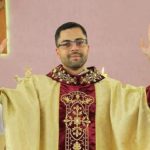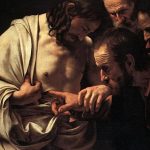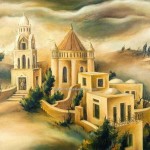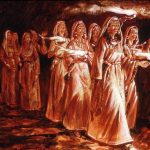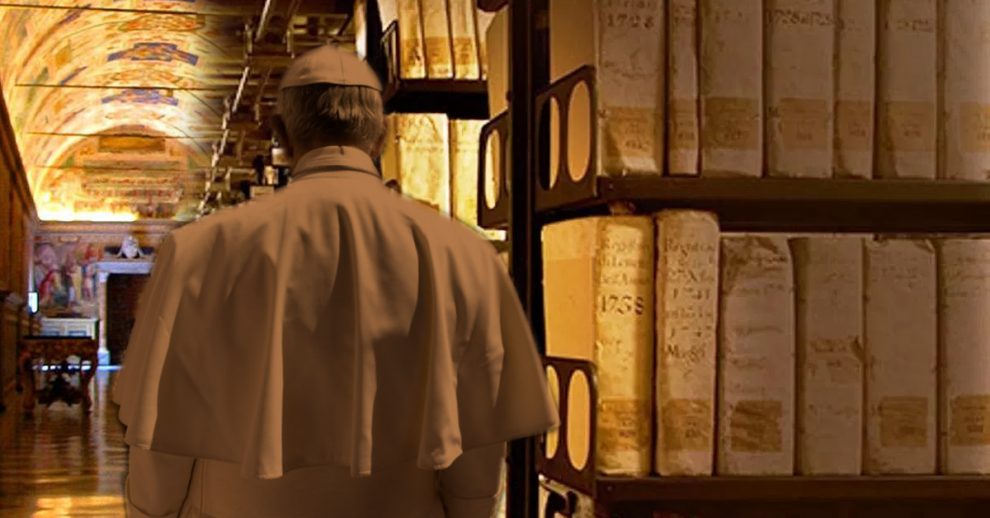
Opening of Vatican Archives About Pope Pius XII during WWII.
On 2 March, the Vatican Apostolic Library opens the Holy See’s archives on the pontificate of Pope Pius XII.
Scholars and researchers can dig into a wealth of material that spans the years 1939 to 1958, including dispatches sent during World War II.
Ahead of the opening, Archbishop Paul Richard Gallagher, Secretary for Relations with States, sat down with Andrea Tornielli, the Editorial Director of the Dicastery for Communication.
While highlighting the importance of the historical archive of the Secretary of State, Archbishop Gallagher shares his special insight into the part of the archive relating to the Section for Relations with States, which he says, “is important, above all, because of the insights in terms of historical continuity that if offers.”
He explains this particular archive has its origins in 1814 and it brings together the various archives of Councils and offices that eventually became the Section for Relations with States as it is today, with a continuity of documents that go back from the beginning of the 19th century, to the present day.
The Church and the Pope during WWII and the Cold War
Of course, many of the documents contained in the archives relate to the activities of the Pope and of the Holy See during the years of the Second World War.
The Archbishop says Pope Pius XII “emerges as a great champion of humanity, a man deeply concerned about the fate of humankind during those terrible years, somebody who was very sensitive and concerned about those who were being persecuted, somebody who was also the object of the hatred of Nazis and fascism.”
They also make quite clear how those attacks were directed not just at the Pope but at the Church in general, he says.
Another particularly interesting section of the archives shines a new light on the initial period of the ‘Cold War’.
Gallagher reveals that they document the role of Pope Pacelli and that of Cardinal Casaroli in those years after the war, and of the work of religious and priests “who were trying to make contact with local Soviet authorities in order to try and work out some difficult but necessary modus vivendi for the Church to create a space.
This, he says, is exactly what Casaroli went on to do later in Eastern Europe “to try and create a degree of understanding and a space in which the Church could operate.”
Check the full article here.
Source: Vatican News.


